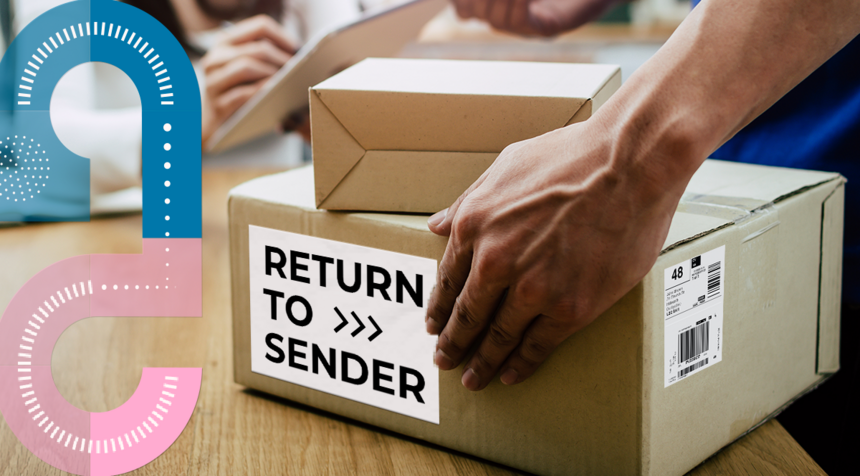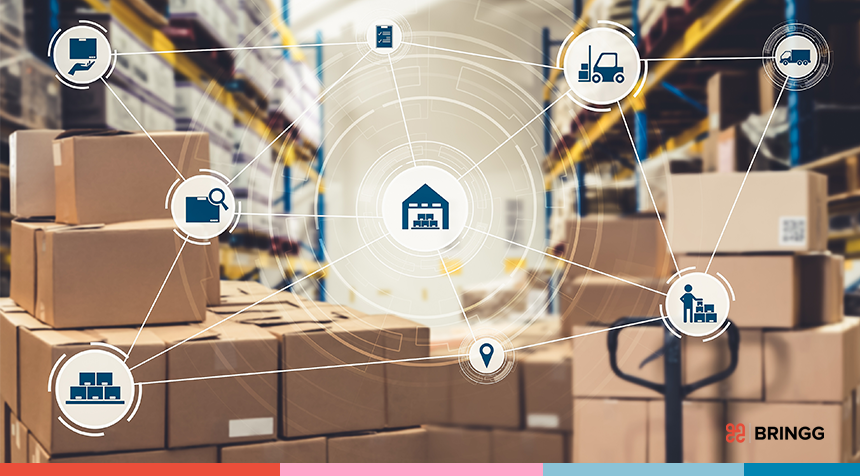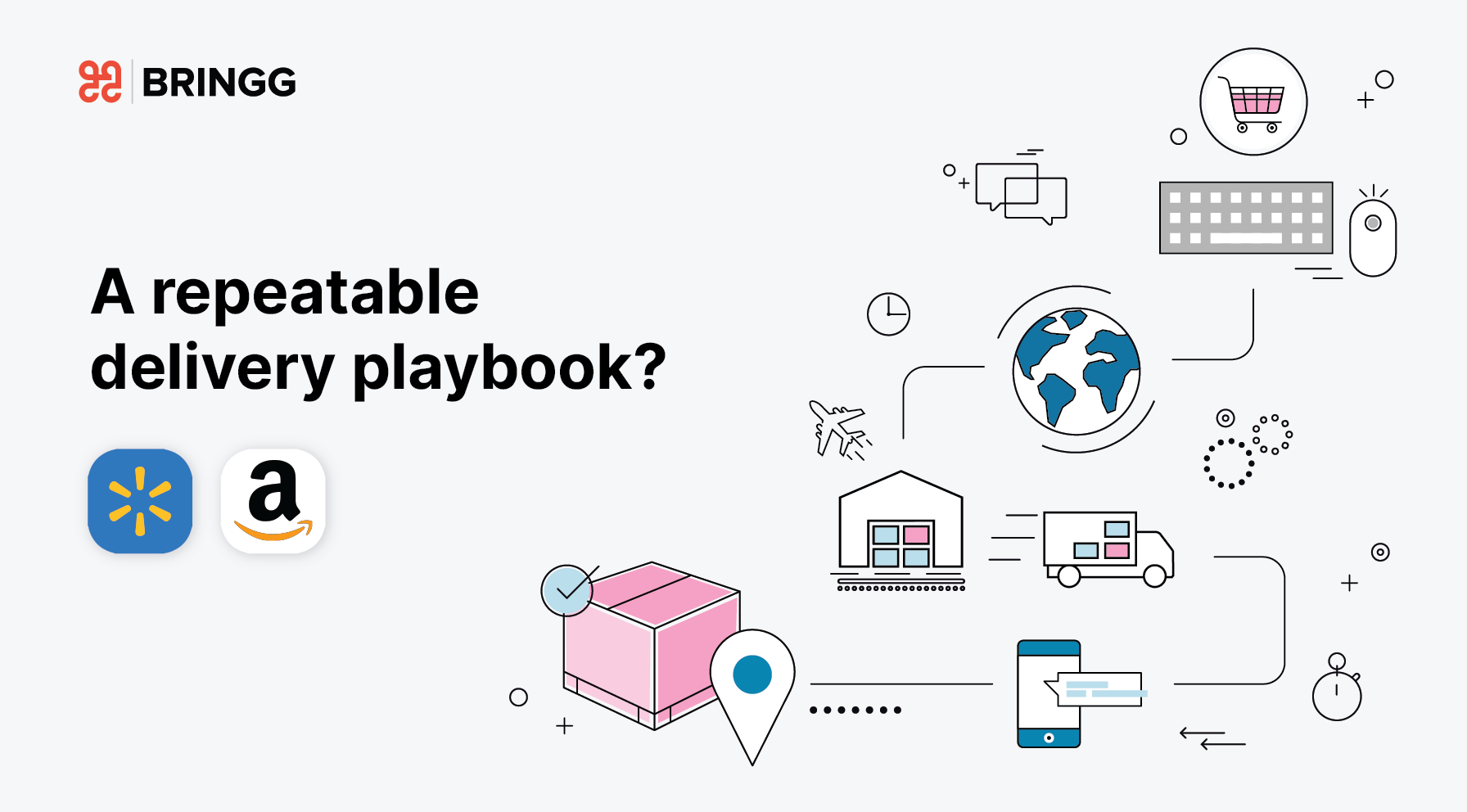If there’s one thing that any business hates, it’s returns. Processing refunds is a drag on time, eats into profit margins, and has severe consequences for all kinds of metrics. In the worst case scenario, returns can even threaten your entire business model. That’s why returns management is vitally important – especially in the case of eCommerce returns.
As online shopping grows, retailers have to leverage every new touchpoint in the delivery process in order to continuously build customer loyalty. One touchpoint that doesn’t get as much attention as the others is the returns process.
What was once a necessary but relatively unimportant part of online retail is fast becoming a pivotal part of the overall experience. In the U.S. alone, some $218 Billion of merchandise was returned to online stores in 2021, with the average rate of returns for online purchases leaping to 20.8% — an increase of 18.1% year-on-year.
As consumers get accustomed to shopping online, they’re also returning more items. What’s more, research shows that return policies play a key role in the decision-making process for many online shoppers. Return alternatives that give customers the confidence, flexibility and convenience to order and then return unwanted items can also become a gateway to improving customer loyalty with exceptional customer service.
Research over the last years shows that American consumers are consistently returning high quantities of online transactions. Consumer surveys show that roughly half of all US customers said they returned an online transaction in the last year. And a recent National Retail Federation report noted that phenomenon is still growing, with returns of online retail purposes breaching the 20% threshold for the first time. It recorded the average rate of returns for online purchases as 20.8% — up from 18.1% a year previously.
Returns go beyond convenience and tap into shopper psychology relating to customer care and value. When online retailers go the extra mile to provide easy return options, they’re making a marketing statement, and customers will be instantly drawn to purchase more. After all, brands are building trust, and customers need to feel secure that if they’re not satisfied with their online purchase, the return experience will be as enjoyable and seamless as the shopping experience itself.
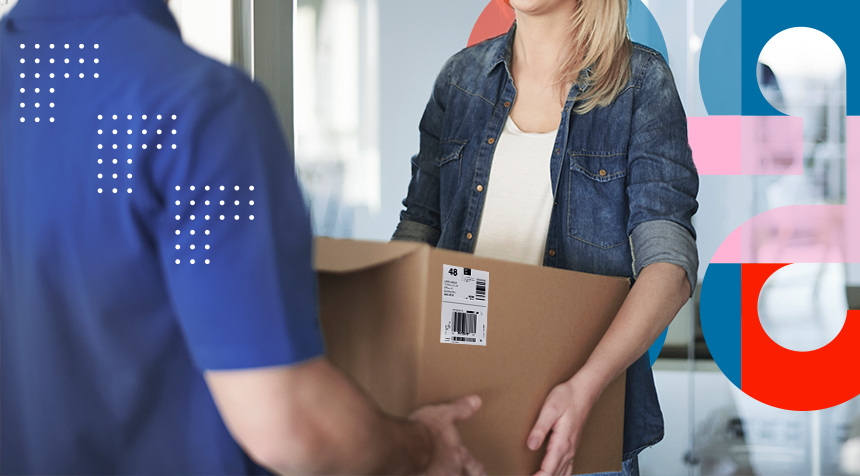
What are eCommerce returns?
eCommerce returns refers to the process of returning physical goods bought from retailers online. Almost all businesses need to handle returns, but in eCommerce the process is pivotal: for various reasons, customers return a greater percentage of products online than they do in physical shops.
The ability to handle returns quickly and effectively can make the difference between delighting consumers or letting them down. The difference can be them vowing to never buy from a business again, or becoming a regular customer who happily recommends your company to others.
Making returns options available
Customers electing to return their orders to store and those who send their purchases back via a shipping service do so for different reasons.
People who return in-person do so as it’s faster, they want to avoid paying for shipping (when shipped returns are not free), and often find the return location to be convenient. Those who prefer sending an order back through a courier place an emphasis on the ease of being able to return from wherever they happen to be, or are limited by the fact that the retailer only exists online.
Bridging these comes the advent of pick up and drop off lockers, which allow customers an increase in the number of physical return locations, much like in a physical store, but often in places that people already pass through on their daily commute. This option provides the convenience of a physical location somewhere nearby, as well as being available for free.
In recent years, couriers have made great leaps in enabling an expedited, convenient returns process. Instead of repackaging items and taking them to a store or sending them back, customers can now apply a return shipping label and drop off the item at a range of locations, or receive a special mobile code, which can be shown in lieu of a shipping label. In some cases, the items need not even be re-boxed, so as long as the contents are verified and the correct shipping label or digital equivalent (such as a QR code) is presented, the courier will then place items in temporary packaging and take them from the consumer; no more questions asked.
Profit margins take a hit with abuse and return fraud
Return fraud is the blanket name for when retailers are defrauded by customers who exploit the returns process. For example, some wear clothes then apply for a refund, while others may falsify receipts in order to receive more money than originally paid for an item on sale elsewhere.
Return fraud can also entail sending back items that were functional on arrival, but were broken or ruined by the customer, or falsely claiming that an item was sent back.
Because of the relative anonymity of buying online, return fraud is commonplace; to the extent that nearly 11% of e-commerce returns from the 2021 holiday season were deemed fraudulent.
Why online shopping customers hate returns
It’s not just retailers who hate goods being sent back; eCommerce returns are the bane of many customers’ shopping experience, and any eCommerce business worth its salt needs to appreciate this, and strive to make customer experiences as easy, speedy and convenient as possible.
According to a recent survey of Americans, fully two-thirds of consumers rate returning unwanted items as the worst part of shopping, while over half (58%) revealed they would be willing to do “nearly anything” to avoid returning the items they bought.
Why? The reasons are varied, and include the inconvenience of having to explain to a sales representative why they want to return an item, having to physically travel to a store, receiving store credit instead of getting money back, or having to pay for shipping back to the online store from where the items were purchased.
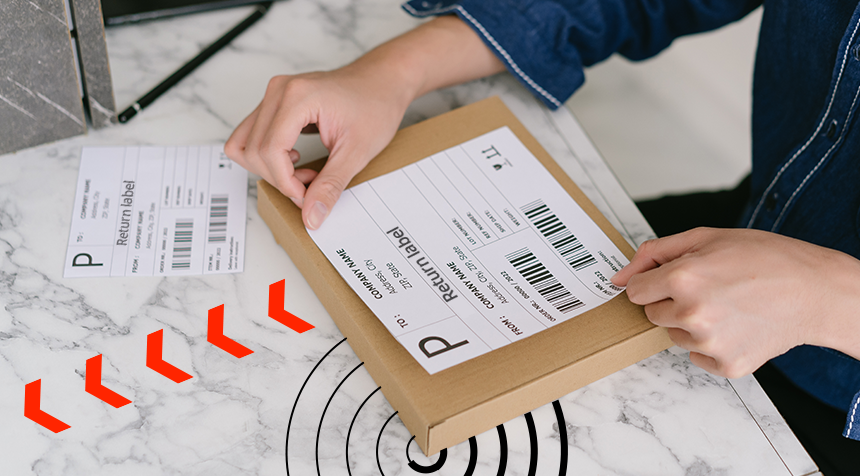
Turning eCommerce returns into an advantage
As concerning as returns are for retailers, the old saying about every crisis being an opportunity holds true here. eCommerce returns need not be an unmitigated disaster, and can be harnessed for the good.
Communication here is critical: if customers understand from the outset exactly what the process is, how long it will take, what they need to do, and what costs, if any, are involved, then your business is already on a good footing to keep customers happy. Similarly, making clear exactly how long online shoppers have to send back their goods helps manage customer expectations, and avoids unnecessary complaints.
Here too, customer expectations play their part. Online shoppers buying from retailers with brick and mortar stores increasingly expect to have the option to make eCommerce returns in-store, as well as the option for free return shipping. For purely eCommerce businesses, free return shipping is a real burden, but providing it as part of a hassle free return policy helps increase customer satisfaction and boosts the percentage of repeat customers.
Automate your returns process
Automation in general has a massive impact on customer experience, and perhaps this is most true for when customers return items. Returning merchandise takes time, but the process can be streamlined to some degree.
For example, allowing customer services reps to print return labels almost instantaneously saves precious time during the pick-up process. Similarly, communicating return status by automatically sending return shipping updates lets customers know when their returned goods arrive at the warehouse.
And if you really want to make customers happy, there’s perhaps no better way than triggering refunds early as soon as a shipment is recorded to be in transit back to your warehouse.
Another potentially huge differentiator is the ability to return eCommerce orders through a number of different channels. Instead of insisting that store-bought purchases alone can be returned to brick and mortar locations, allowing eCommerce customers to return their orders to wherever best suits them will give them a real boost in customer satisfaction, thereby making their overall experience more favorable, all of which helps in maximizing retention.
Another method for eCommerce returns that customers often find convenient is smart lockers. These lockers, dotted around cities and towns in locations such as gas stations, supermarkets, shopping malls, train stations and more, are often extremely useful.
Instead of going out just to return a parcel, customers can find a drop-off location somewhere along their daily commute, on the morning school run, or on the way back from the weekly supermarket shop. Lockers are also advantageous in that they enable customers to return items without waiting in line at a store.
The less time customers have to devote to think about returning their items, the the less troubled they’ll be by the process. Consequentially, they’ll be so much more satisfied with their experience and likely to continue purchasing from your business.
The impact of eCommerce returns on customer loyalty
If your returns service is bad, don’t expect repeat customers. It’s that simple. That’s why perfecting the eCommerce returns process is vitally important.
Optimizing your eCommerce returns strategy
There are five key elements that retailers need to think about when it comes to embracing eCommerce returns as part of their last mile delivery strategy:
1. Harness the in-store returns process
Enable returning items to a store. One of the key advantages for this from a customer standpoint is that they receive immediate free credit to shop for an alternative. This also puts the retailer in a position of advantage since the customer may opt to spend more money while in their shop.
As shops struggle to generate growth, the returns process gives retail chains an opportunity to bring people back to their physical stores. Similarly, the growth of ‘click and collect’ is helping retailers bring customers through their doors, where they can experience what the brand has to offer in-store and buy more. Using the physical stores of a retail chain as a distribution and fulfillment network for online deliveries gives retail chains more opportunities to increase the number of visitors to their stores and extend the customer’s brand experience – whether they want to buy, return or collect an item.
2. Manage returns policies and fees
Online return process policies matter. Return policies include time, cost and return methods available. There are many alternatives for return and retailers must think about them strategically as an investment in customer experience rather than as an additional expense.
Some online-only retailers even partner up with other retail chains to provide physical locations that facilitate deliveries. Naturally, free returns figures highly here, and so online merchants often include prepaid envelopes or boxes with every purchase in order to enable free returns shipping, so customers can easily return any unwanted items.
Retailers have to take into consideration that over half of shoppers exchange or replace a returned item so they should make it as easy as possible for customers to be able to exchange an item during the online return process. The fact that a customer wants to return an item doesn’t necessarily mean they wouldn’t purchase something else from that store. So for some consumers at least, store credit can be a good option and create a positive returns process experience which will encourage them to come back.
3. Embrace bracketing
With free returns offered by so many retailers, it is becoming increasingly common, especially among apparel and footwear shoppers, for customers to order products in multiple sizes or colors knowing that they can try everything, keep what they like and return the rest.
This trend, also known as bracketing is becoming increasingly popular as eCommerce businesses around the world make customer returns easier and cheaper. In a way the phenomenon can be seen as the evolution of “showrooming”, the shopping strategy by which people try garments or see products in-store before finding the best deal online.
Amazon actively encourages this behavior and suggests Prime subscribers to order multiple items without paying so they can try them at home before buying. This is a huge shift in the mindset of the online shopper, where a new “delivery dialogue” is established between consumers and online retailers and where the role of delivery becomes a two-way street.
While retailers need to carefully assess the terms of their eCommerce returns policies, there is a clear appetite and willingness for customers to embrace innovation in an area that is often neglected and seen as just post-purchase customer support. As the industry evolves and deliveries plays an increasingly pivotal role in the decision-making process, retailers will have to rethink the relationship between stores, customers and delivery partners, ensuring that they successfully orchestrate all the elements of their supply chain to create innovative logistical processes that will fuel loyalty through convenience and memorable brand experiences online, in-store and at home.
4. Keep an eye on your average eCommerce return rate
The average eCommerce return rate is an important metric for measuring how often consumers return online purchases. Understanding what proportion of orders end up going through the returns process is critical to calculating how effective the business is overall.
When the return rate is high, it’s telling you something. Sometimes something as simple as ensuring that clothes or shoe sizes are accurate can be the difference in saving countless batches of returned merchandise.
5. Make return shipping labels hassle-free
It’s important to understand that the reverse logistics process begins with the customers. And for consumers, just as much as for retailers, return is annoying enough as it is. Sending back orders to an online store is not something anybody looks forward to, or wants to spend time coordinating, so streamlining the return shipping process is critical for eCommerce retailers that care about keeping their customers happy.
Whether it’s by including pre-printed return labels in the original packaging, or creating digital return labels in the form of QR codes for customers to show when arriving at a drop-off return location, making this aspect of returning online sales smoother is good for both retailers and consumers.
